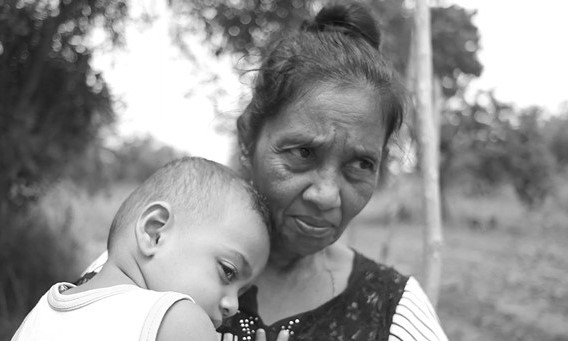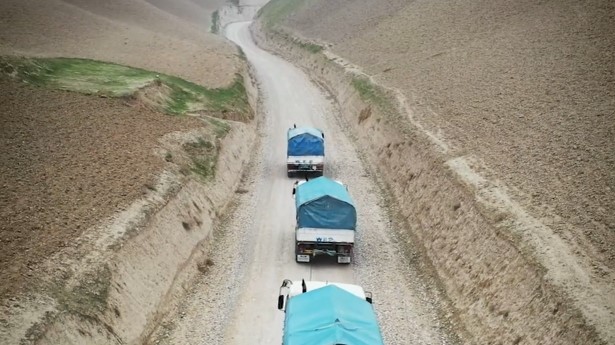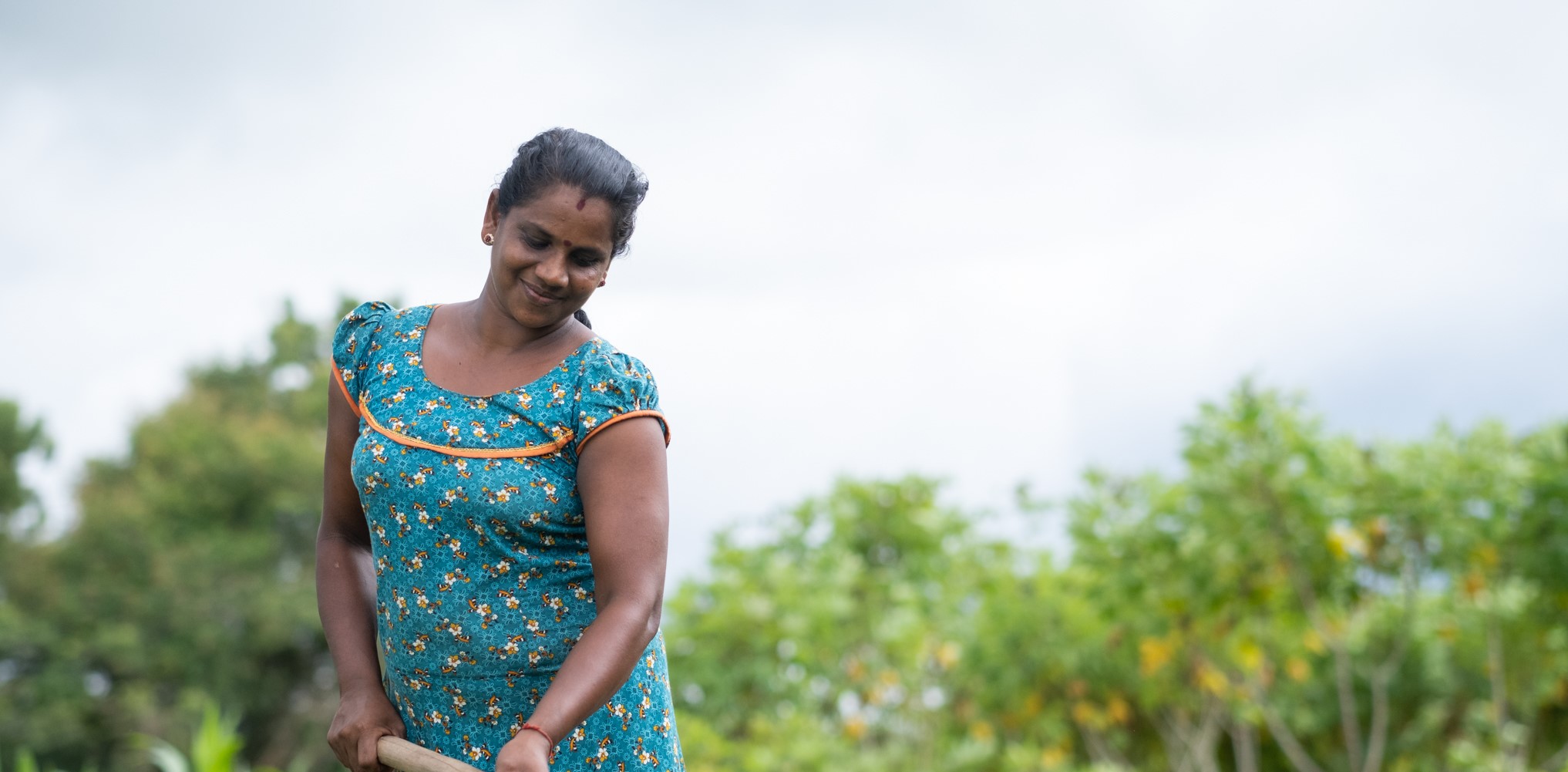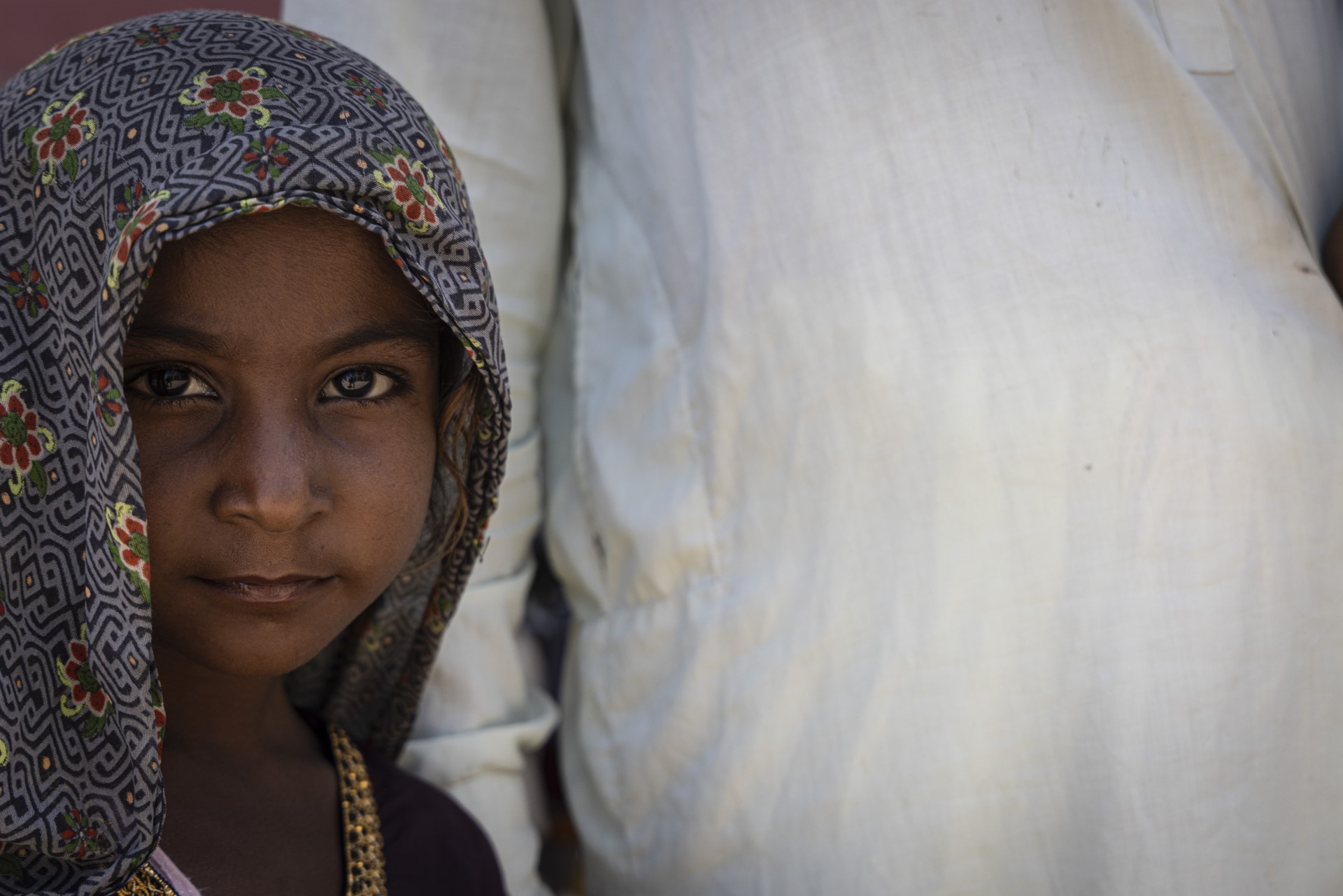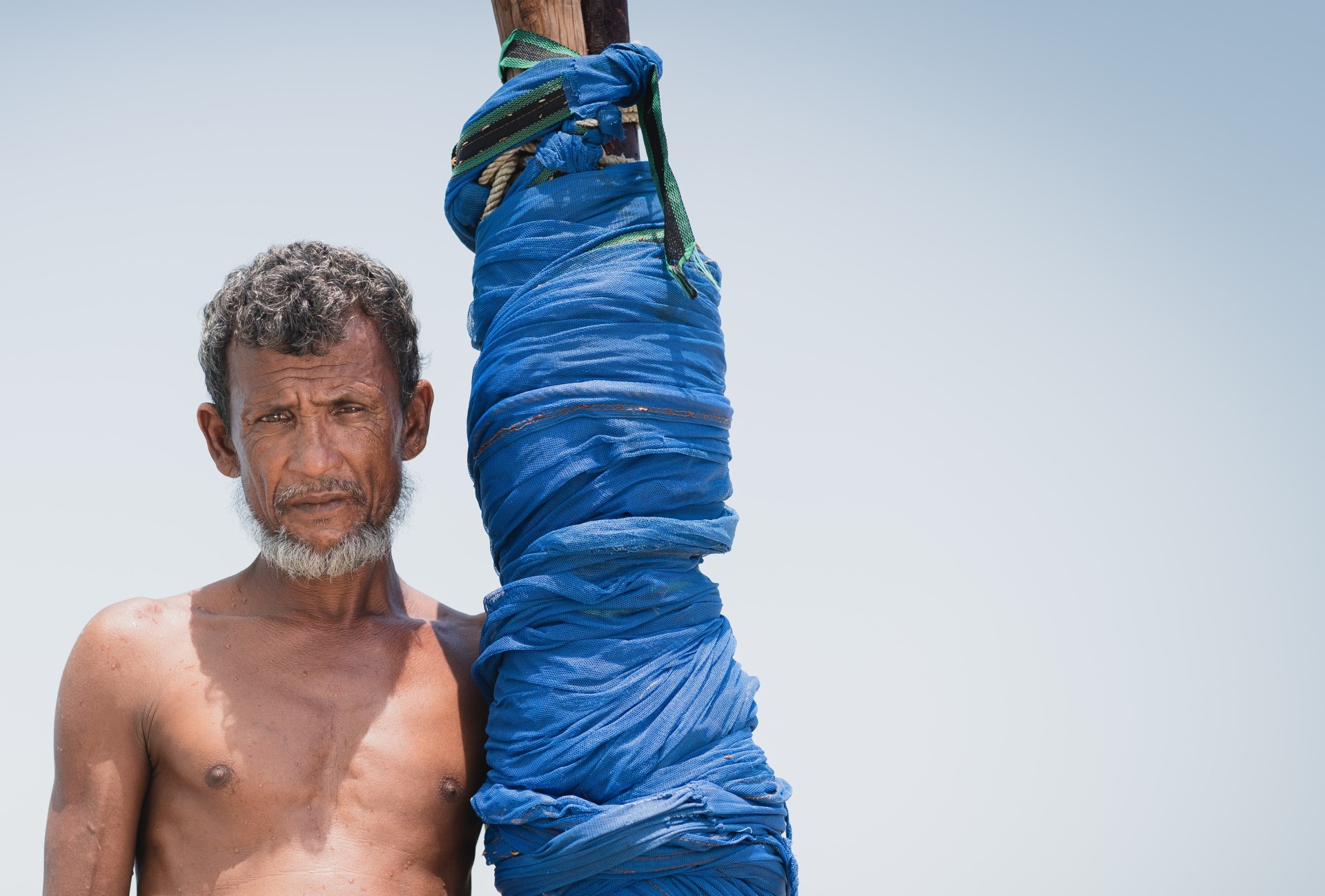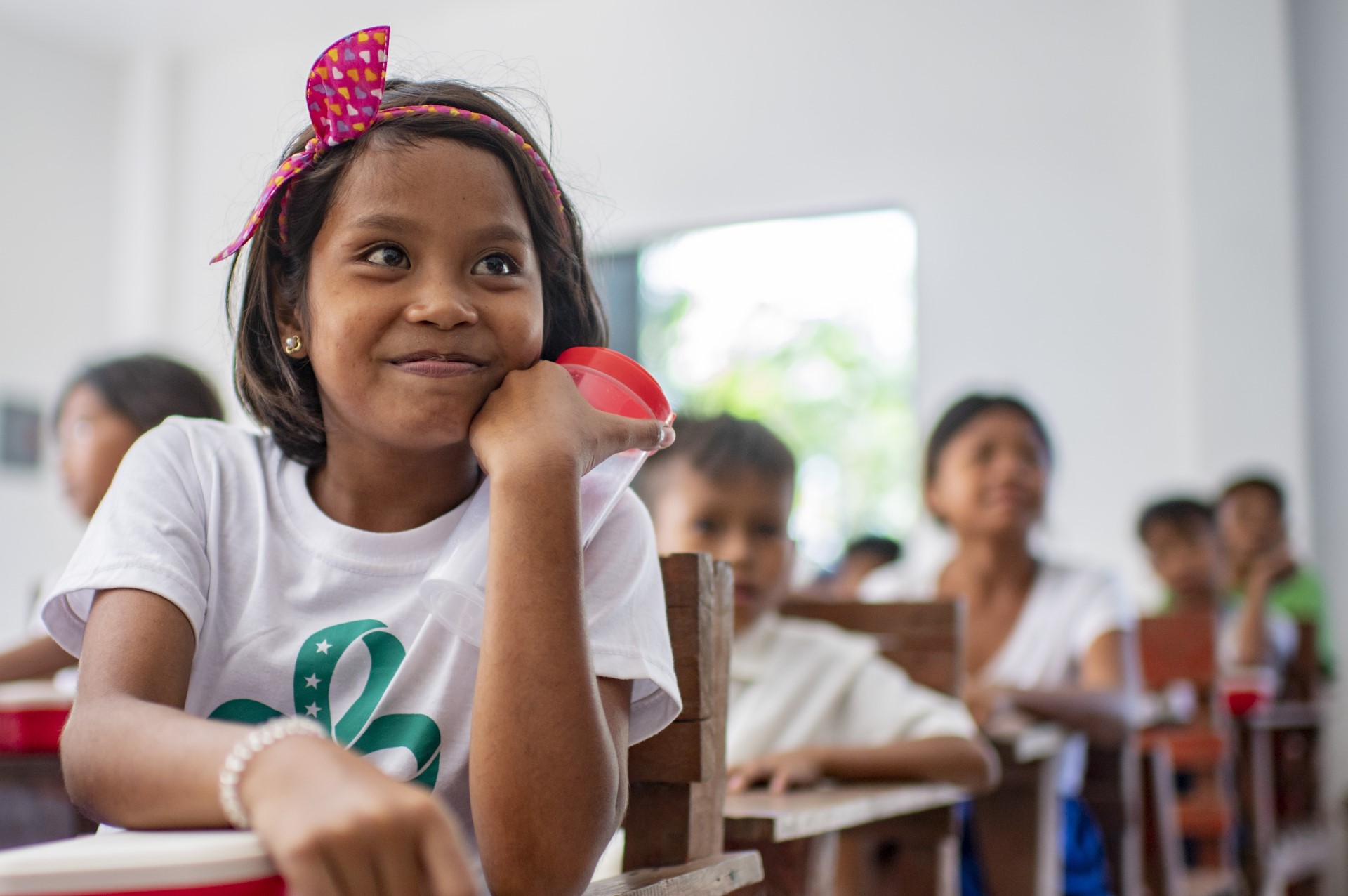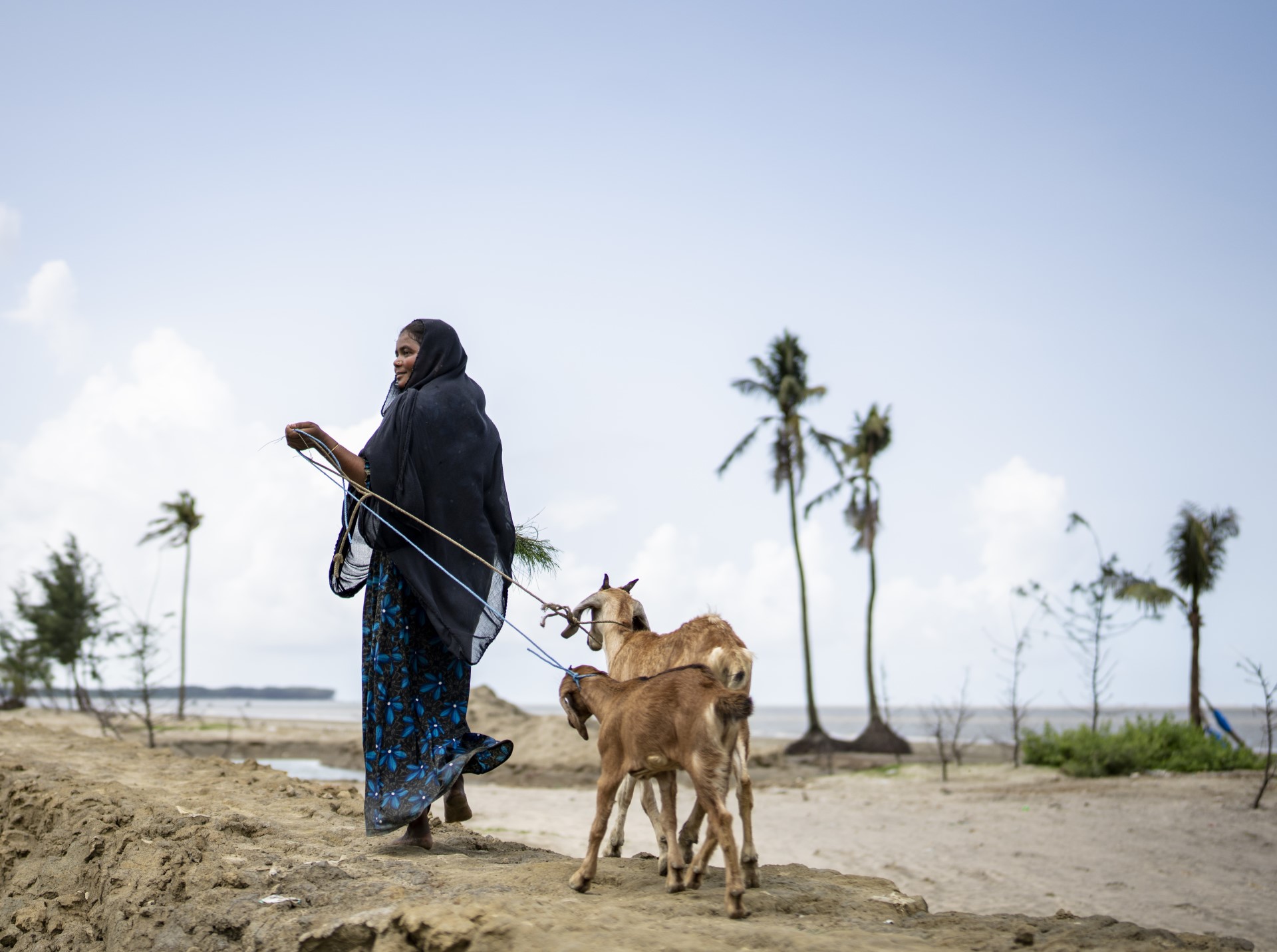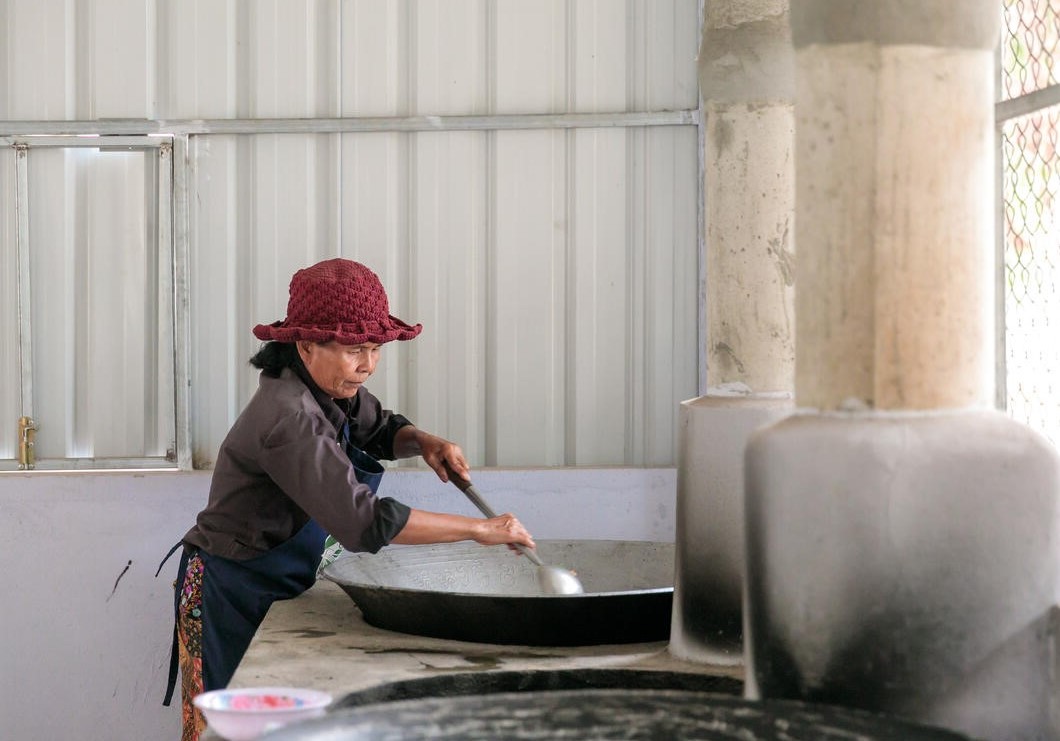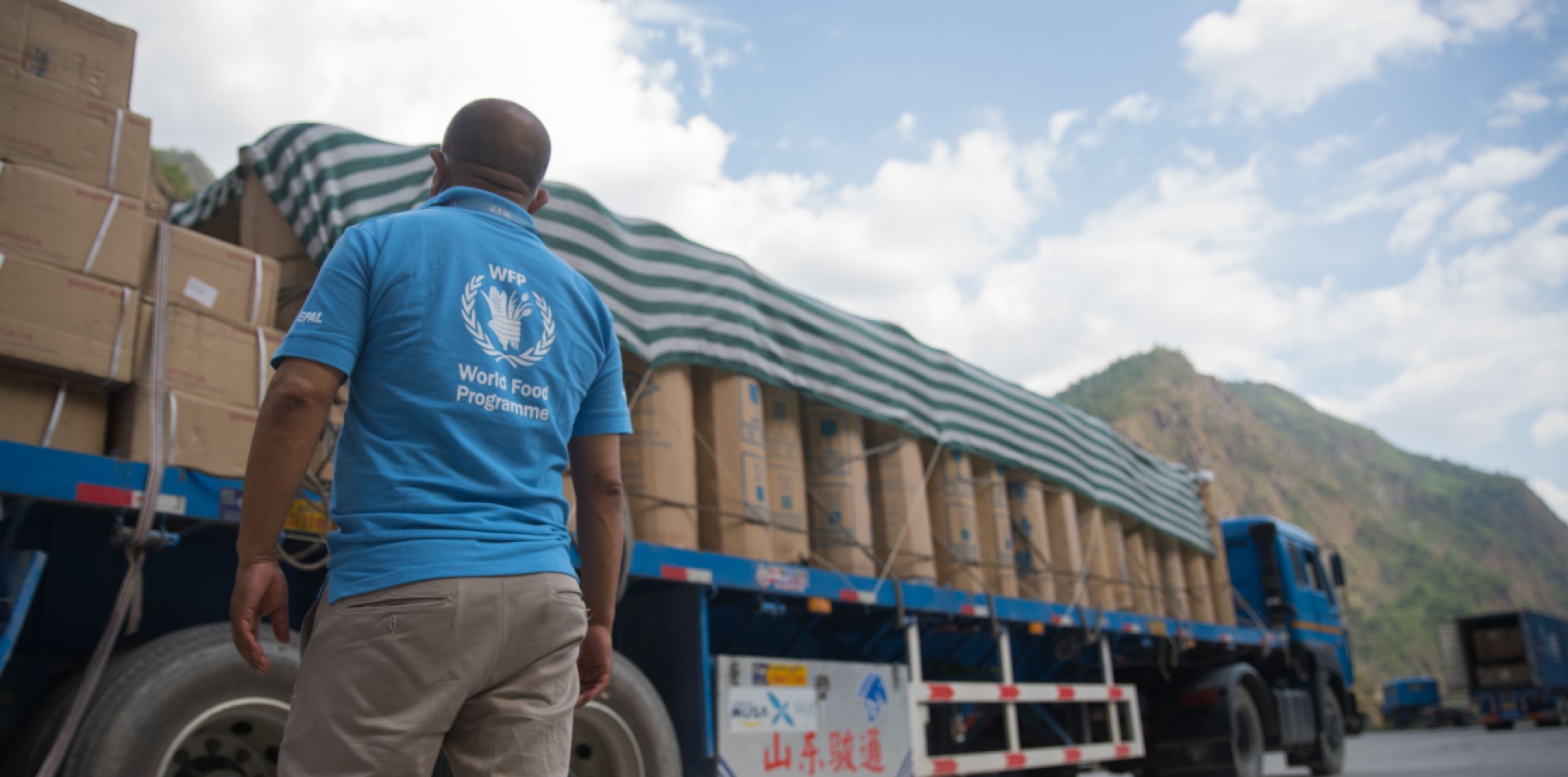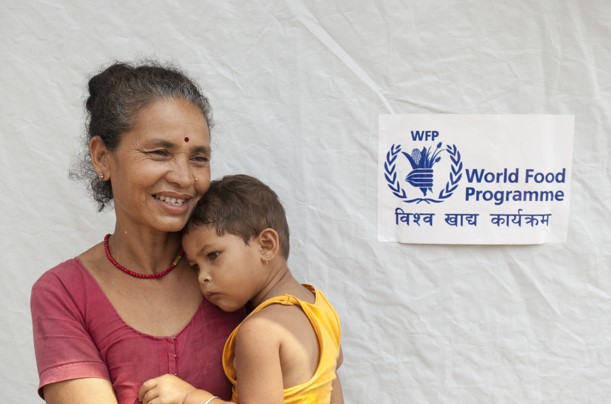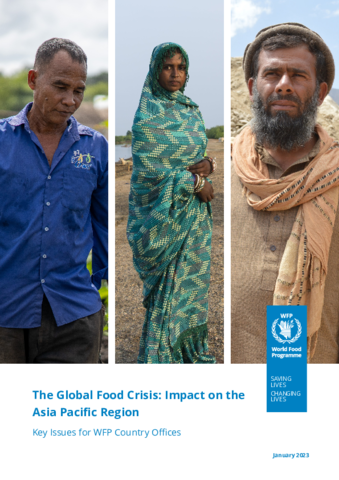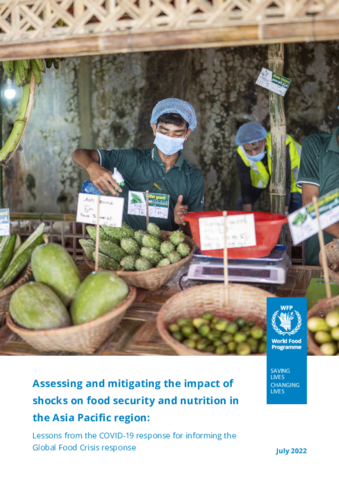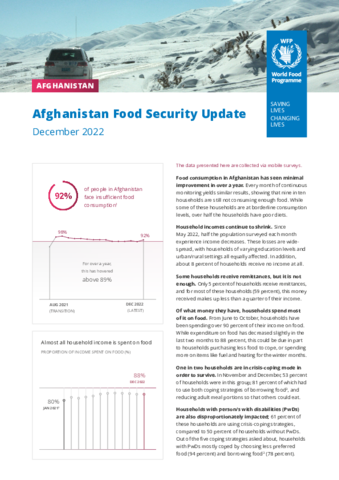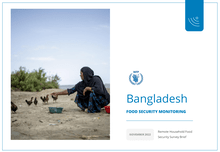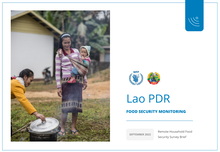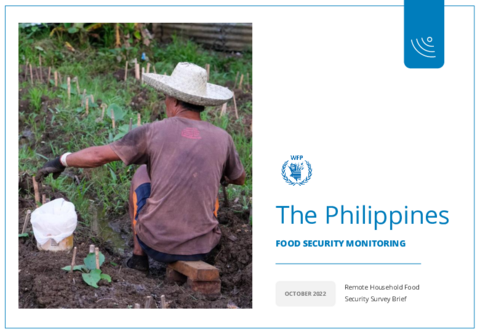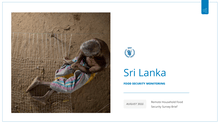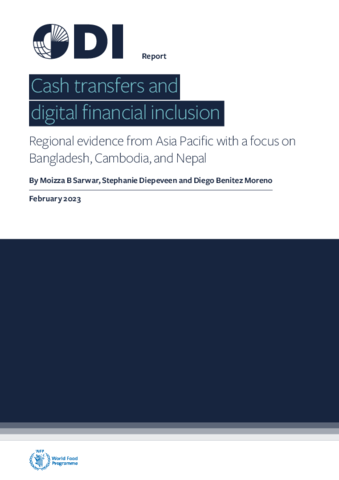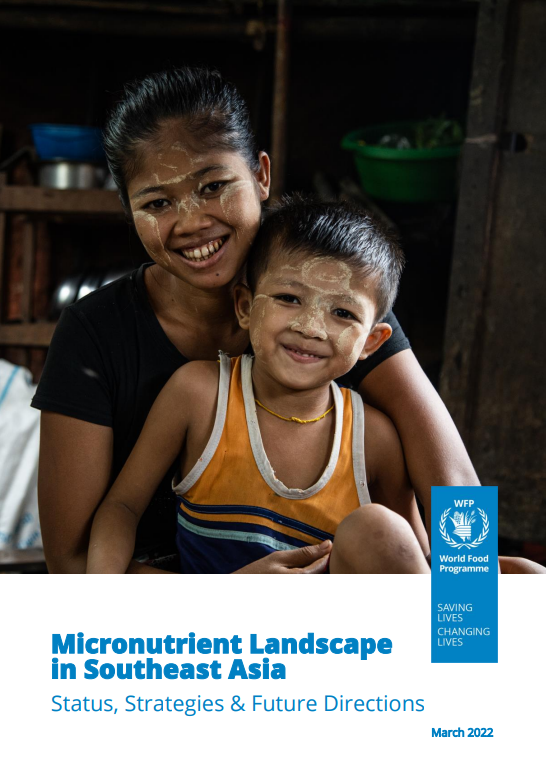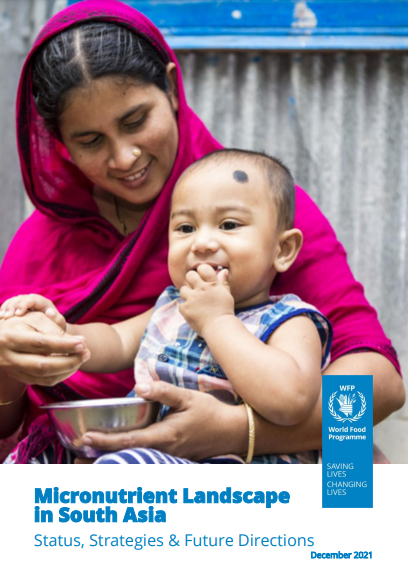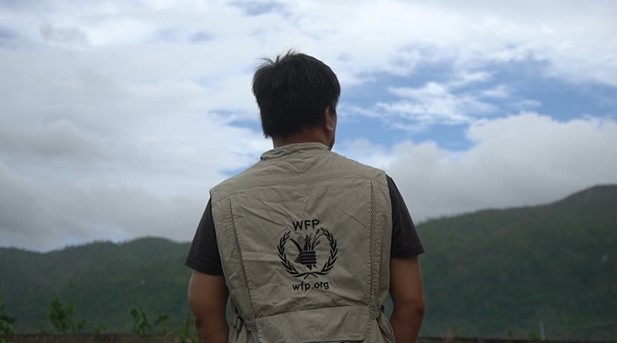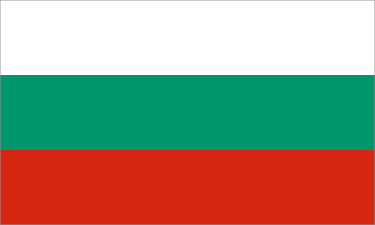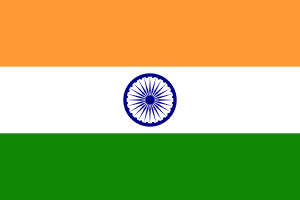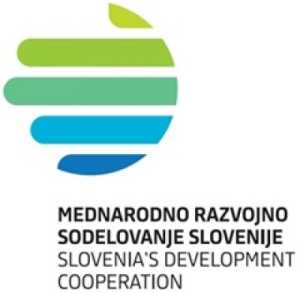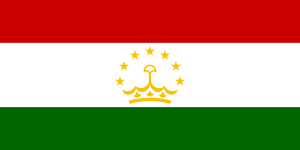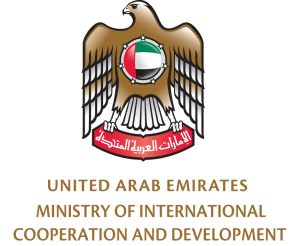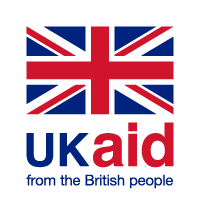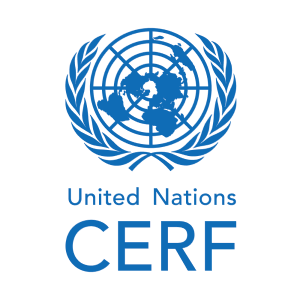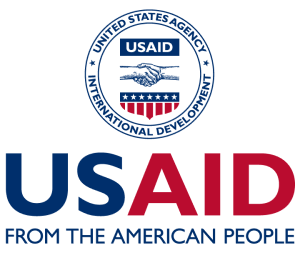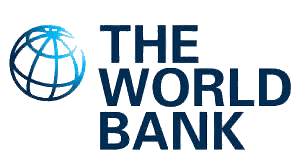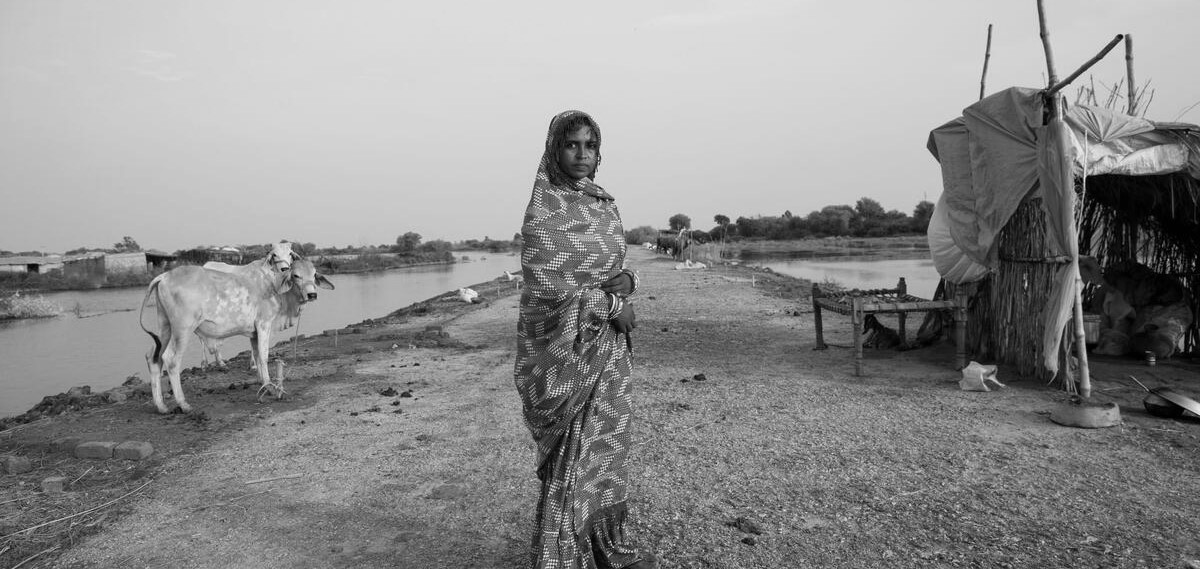
Extreme weather events struck over and over.
The cascade of floods, typhoons, earthquakes, volcanic eruptions, heat waves, and droughts was yet another reminder that Asia and the Pacific is the world's most disaster-prone region.1 Time and time again, these events underscored the disproportionate impact on those already vulnerable to food insecurity.
Explore the map for more detail:

Conflict, political instability, and economic pressures drove the bulk of worsening food insecurity.
While violence and political instability remained the biggest drivers of hunger, the economic upheaval in 2022 made matters far worse. In some cases, countries that had previously appeared safe from such challenges saw food insecurity skyrocket against a backdrop of record-high inflation rates, supply chain disruptions, and debt crises. Meanwhile, other countries saw the global economic pressures exacerbate an already-dire humanitarian situation.
Below are just a few examples:
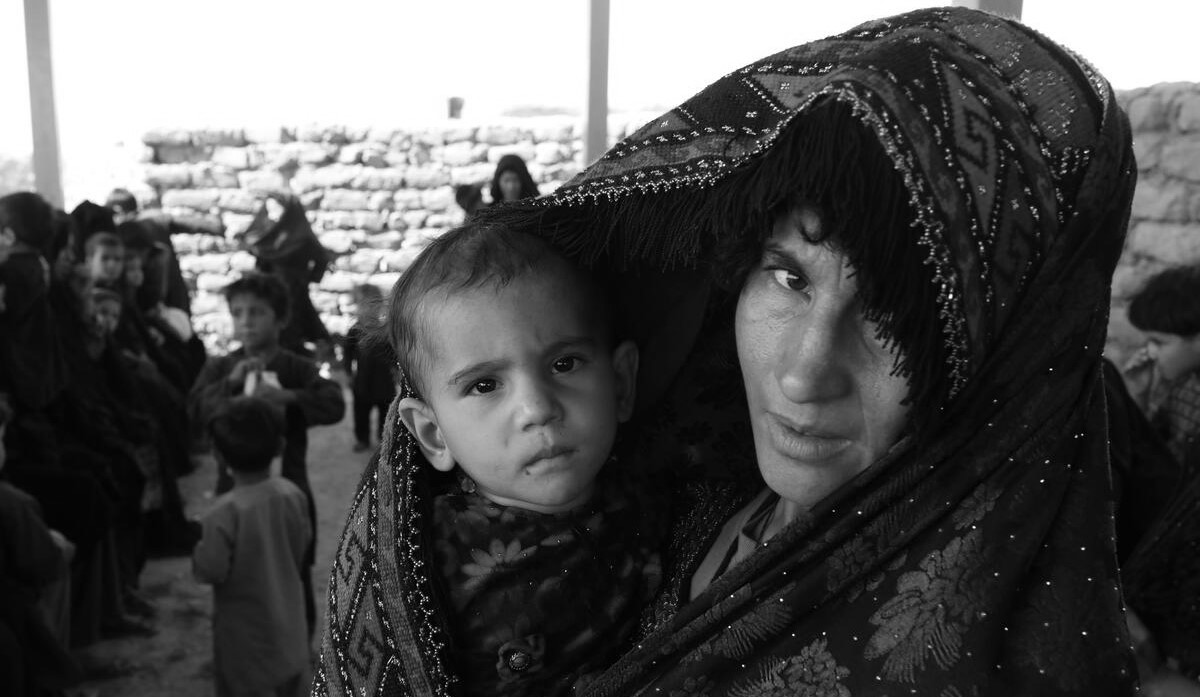
Afghanistan
Afghanistan's humanitarian crisis worsened dramatically, with a record-breaking 22.8 million people facing acute food-insecurity - that's half of the population. This was driven by a worsening of the economic crisis. High unemployment, rising food prices, and cash shortages mounted on top of already severe drought conditions.
As the year went on, successive blows to women's rights threatened their potential. Girls were shunned from secondary schools and universities, and by the end of the year, women working for local NGOs were restricted from humanitarian work.
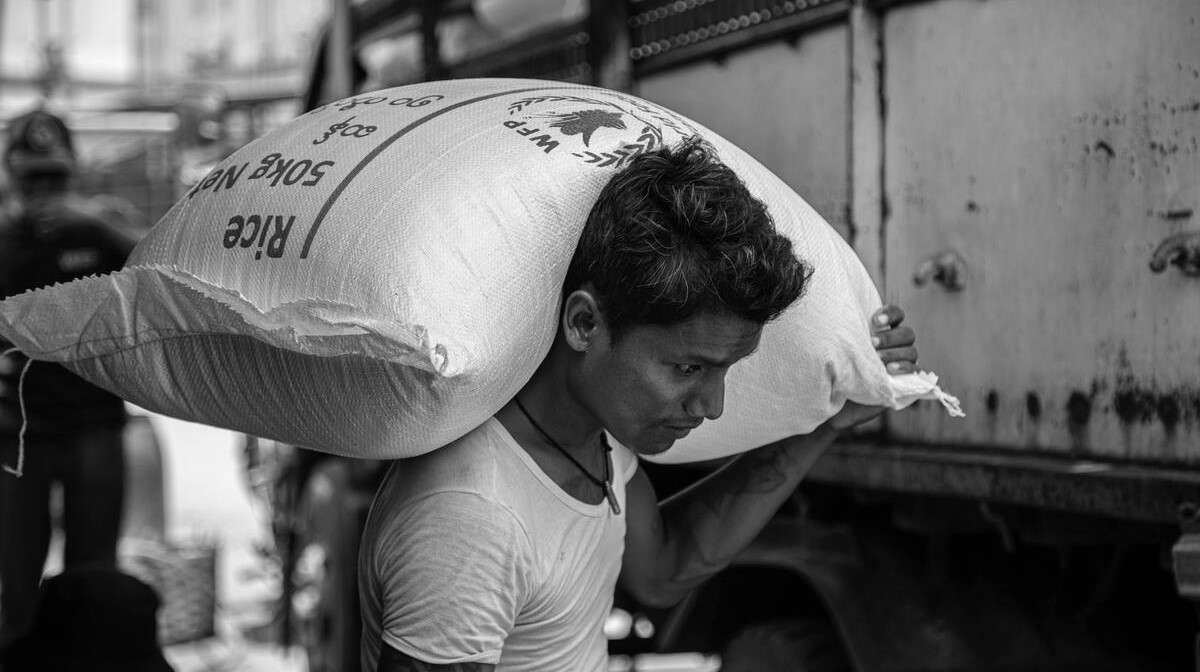
Myanmar
Myanmar remained embroiled in multiple crises following the previous year's military takeover. As violence surged, the number of internally displaced people multiplied fivefold from the previous year. Currency depreciation and soaring prices, compounded by the global food crisis, pushed food out of reach for millions.
These factors drove alarming hunger levels; in 2022, around a quarter of the population (13.2 million people) faced food insecurity. This figure is on course to rise even further.
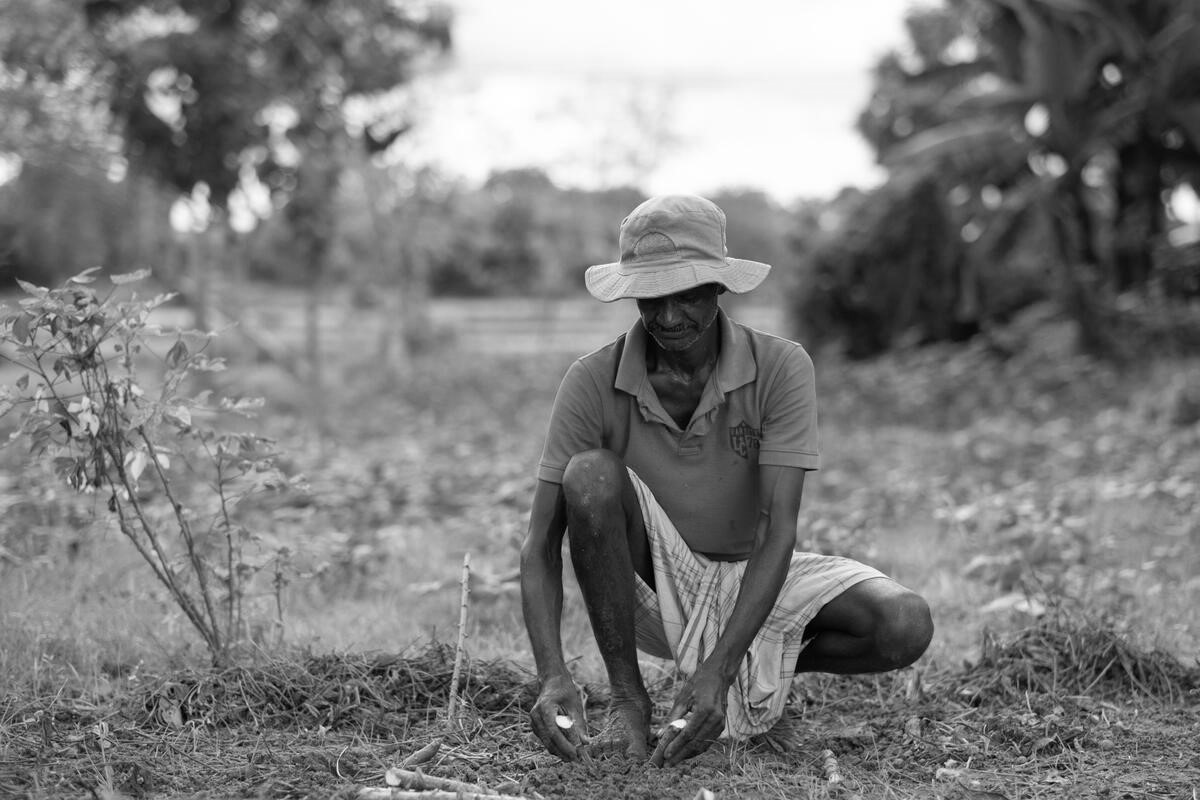
Sri Lanka
In 2022, Sri Lanka faced the worst economic crisis since its independence in 1948. A range of factors, such as consecutive years of drought, depleted foreign reserves, political turbulence, high inflation, and increased public debt had a devastating impact on the country's economy. This led to a severe shortage of food, fuel, and other essentials.
As a result, 6.3 million people in Sri Lanka were acutely food-insecure in 2022 - that's nearly one-third of the population. This marked a dramatic reversal for a country in which food insecurity was at 10 percent in 2019.2

